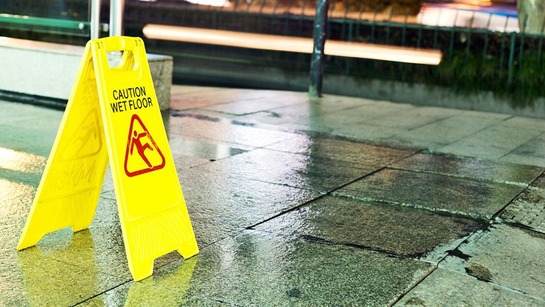Wet Bottling Plants
LPG filling plants started as wet operations. Wet operations require passing the conveying system through a soap water mixture.
Soap–water mixture reduces the frictional forces between the conveying track and chain, thereby reducing the heat generated, a common source for ignition in LPG environments. (Check out our blog on silent hazard in LPG Bottling Plant)
Plants can get Slippery
While wet LPG bottling plant with soap solution has its advantages, some of its downside include:
- Occupational injury risk associated with manual handling to mix soap with water, and carrying soapy solution to individual trays which are spread across the filling plant.
- Slip and fall hazard with spillage of soapy solution around the LPG filling plant.
- Poor visual aesthetics associated with untidy plant floor.
- Accumulation of dirt deposits in soap solution which increase wear of the chain.
- Need for maintenance and upkeep of soap trays
An LPG filling Plant operation is already burdened with many hazards associated with Liquified Petroleum (LP) Gas, adding occupational and environmental hazards to maintain a wet plant is not necessary.
Dry Chains for Wet Bottling Plant
Dry chain plants by many are considered new technology in comparison to the conventional wet plants. This has only been possible due to advancement in material science and process engineering.
By eliminating the need for soap solution, Dry chain conveyor systems fitted with anti-static wear liners provide the same benefits as their wet counterpart; reduced frictional resistance and heat generation.
To highlight this, a pilot project was conducted by a reputed LPG filling plant oil and gas conglomerate in South East Asia. Jasma dry conveyor chain along with other elements of the conveying system such as wheels, wear strips and pulleys were deployed on a section of a wet LPG filling plant.
It was reported by the oil & gas company that by using Jasma dry chain system (combination of Dry conveyor chain, anti-static wear strips, sprockets and pulleys), overall operation was superior in comparison to their existing wet chain system.
Dry chain system can be utilized in a wet bottling plant provided compatible grade of dry chain system is utilized, pitch of the conveyor system is identical to the wet plant.
Check out our detailed blog on advantages of Jasma Dry chain here. Browse our series of dry chain offerings here.
Contact us at [email protected] to know more about our LPG product offerings.

